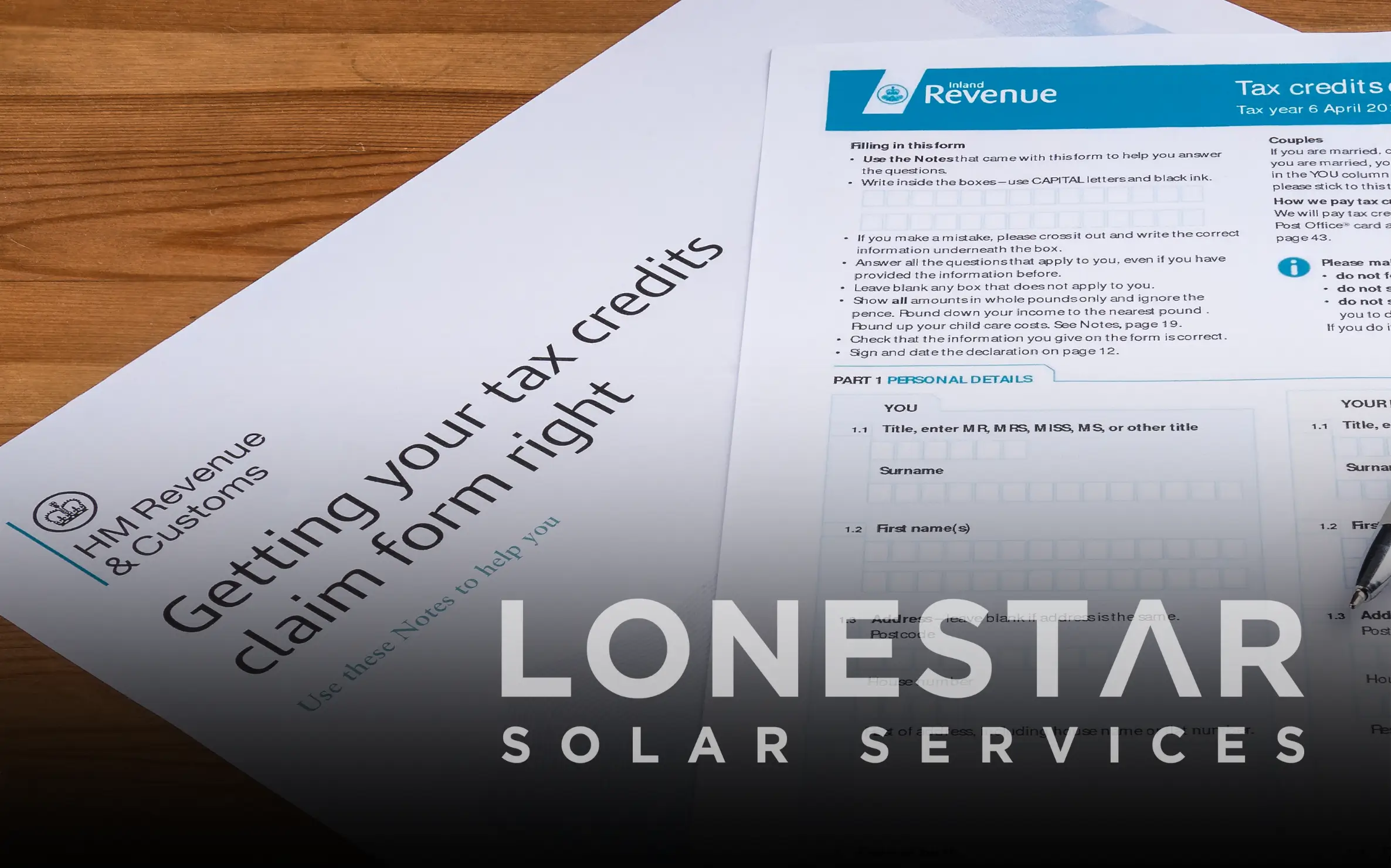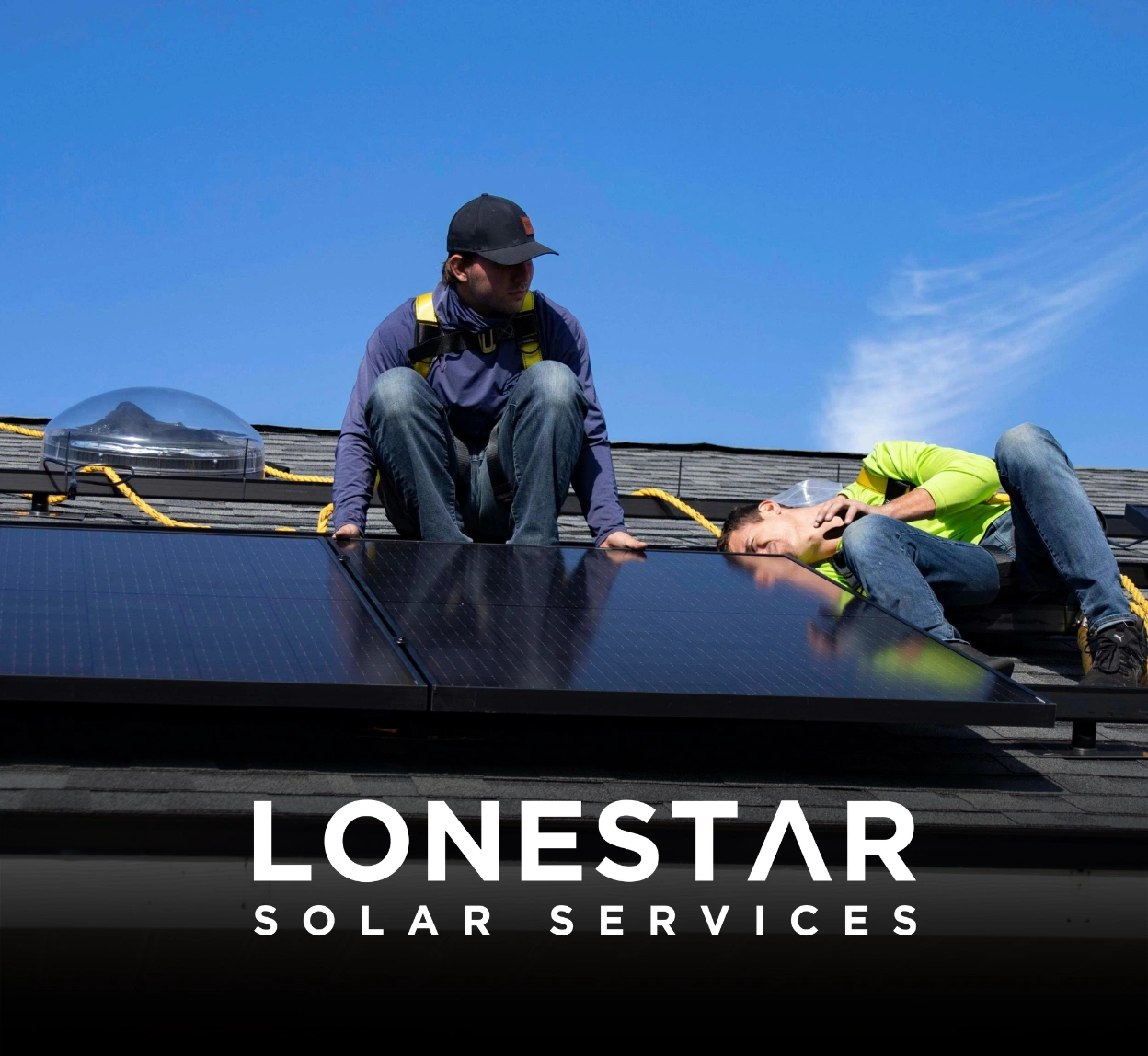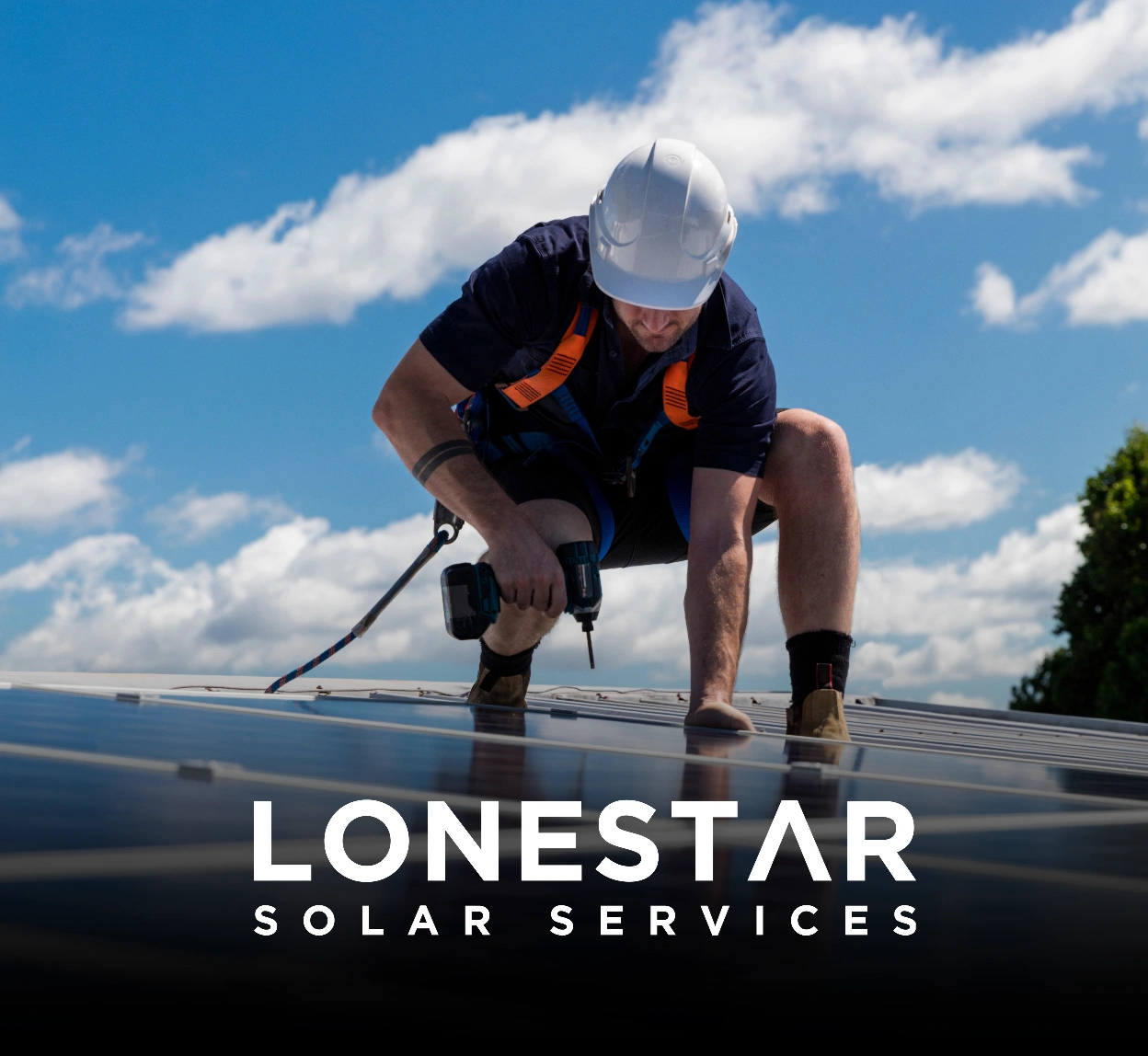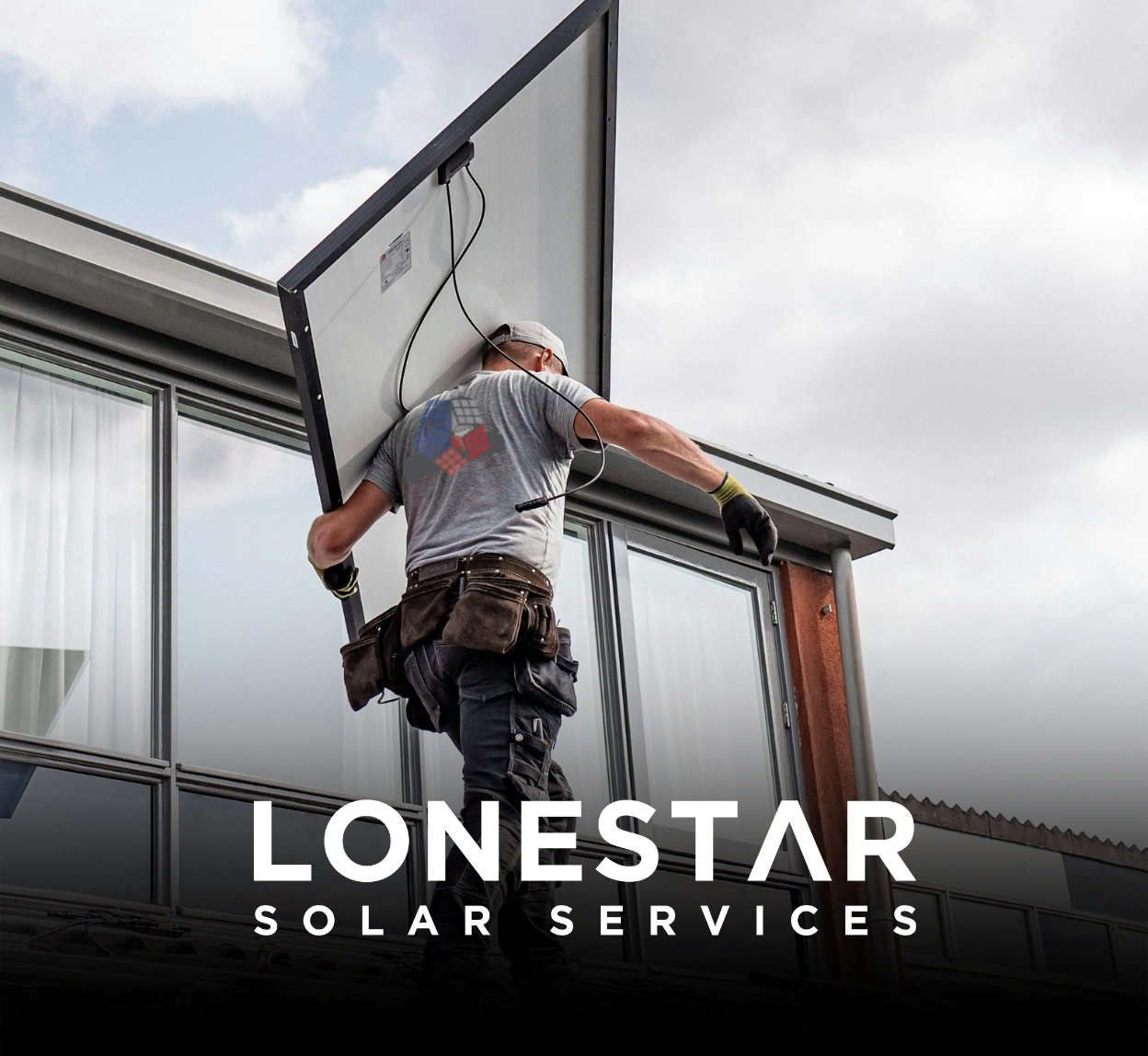The Complete Guide to the Energy Efficient Home Improvement Credit Limit Worksheet
Get up to $3,200 back on your taxes each year with the Energy Efficient Home Improvement Credit. This guide explains annual limits, key IRS rules, and recent updates so you can maximize your savings and stay compliant.

The Energy Efficient Home Improvement Credit (Internal Revenue Code §25C) lets homeowners a non-refundable credit for qualified upgrades, but calculating the exact amount hinges on the Form 5695 credit limit worksheet. This in-depth blog post demystifies the worksheet, explains current dollar caps, answers the most frequent questions, and spotlights the latest legislative and IRS updates. The Internal Revenue Service provides the official tax forms and guidelines for claiming energy credits, and the process is governed by the federal tax code. Accurate tax filing is essential: using the correct tax form (Form 5695) ensures you can claim credits properly and reduce your federal taxes. By the end, you will know precisely how to document, compute, and maximize the credit while staying compliant.
Introduction
Congress expanded §25C through the Inflation Reduction Act to encourage high-performance doors, windows, insulation, heat pumps, and more. Beginning in 2023, the lifetime cap disappeared in favor of annual limits, and new property identification rules phase in starting 2025. The credit rules and limits can vary across different tax years, so it's important to check which tax years apply to your improvements. Only qualified costs and eligible costs that meet specific energy efficiency requirements can be claimed on the worksheet. Navigating these nuances requires a firm grasp of the credit limit worksheet inside Form 5695.
Understanding the Energy Efficient Home Improvement Credit
Key Features
- Credit equals 30% of qualified expenditures, subject to category ceilings.
- Non-refundable: it can only offset your tax liability, not generate a refund.
- Annual aggregate limit: $3,200 ($1,200 general envelope + $2,000 heat-pump/biomass bucket), which is the maximum tax credit you can claim each year.
- No carry-forward for unused §25C amounts (unlike the §25D clean-energy credit).
The IRS worksheet helps you determine your allowable credit and ensures you do not exceed the final credit amount permitted by law.
Who Qualifies
- Taxpayer must own or rent a U.S. residence used as a home (not for commercial rental). Only qualifying property and energy efficient products are eligible.
- Property must be existing, not new construction, and meet specified efficiency tiers. Only qualified energy efficient improvements and qualifying energy efficient improvements that meet specific standards are eligible.
- Qualifying improvements must be placed in service in the tax year claimed.
Energy improvements and qualifying energy property must be properly documented to claim the credit. If you're considering installing solar panels to power your energy efficient home improvements, you may also qualify for additional renewable energy credits.
Energy Efficient Home Improvement Options
When it comes to making your home more energy efficient, there are a variety of impactful upgrades that not only lower your utility bills but also make you eligible for valuable residential energy credits. Some of the most popular energy efficient home improvement options include installing solar panels, which harness renewable energy to power your home and can qualify you for the residential clean energy credit. Upgrading to energy efficient windows and doors helps reduce drafts and heat loss, while adding insulation to your attic and walls keeps your home comfortable year-round.
Replacing outdated heating and cooling systems with high-efficiency models such as a modern heat pump can dramatically cut your energy consumption. For those looking to take efficiency a step further, geothermal heat pumps use the stable temperature of the earth to provide heating and cooling, offering long-term savings and increased comfort. Each of these energy efficient improvements not only contributes to a greener, more efficient home but can also increase your property's value and make you eligible for federal energy credits and, in some cases, state energy efficiency incentives.
By planning your energy efficient home improvement projects strategically, you can maximize your eligibility for energy credits, including the efficient home improvement credit, and take full advantage of the annual credit limit. Whether you're considering installing solar panels, upgrading to energy efficient doors, or investing in a new heat pump, these improvements are a smart way to boost your home's performance and your bottom line. For comprehensive energy solutions, consider exploring home battery backup systems that work seamlessly with your energy efficient upgrades.
Nonbusiness Energy Property Credit
The Nonbusiness Energy Property Credit is a valuable tax credit designed to reward homeowners for making certain energy efficient improvements to their primary residence. This credit allows you to claim 10% of the cost of eligible improvements such as energy efficient windows, doors, insulation, and specific types of roofing up to a maximum of $500 over the lifetime of the credit. To qualify, the improvements must be installed in your main home and meet specific energy efficiency standards set by the IRS.
You can claim the nonbusiness energy property credit by completing Form 5695, Residential Energy Credits, as part of your tax return. It's important to keep all supporting documentation, including receipts and manufacturer certifications, to substantiate your claim. Remember, this tax credit is non-refundable, meaning it can reduce your tax liability to zero but will not result in a tax refund if the credit exceeds your tax owed.
If you're planning eligible improvements, such as upgrading to energy efficient windows or adding insulation, the nonbusiness energy property credit can help offset your costs. Be sure to review the latest IRS guidelines and consult with a tax professional if you have questions about your eligibility or how to maximize your energy credits for the current tax year.
Biomass Stoves and Other Eligible Systems
Biomass stoves and other renewable energy systems, such as solar water heaters, geothermal heat pumps, and advanced heat pumps, are excellent options for homeowners seeking to reduce their reliance on traditional energy sources and qualify for substantial residential energy credits. Biomass stoves use renewable materials like wood pellets to provide efficient home heating, while solar water heaters and geothermal heat pumps tap into sustainable energy to power your home's hot water and climate control systems.
When you install one of these qualifying systems, you may be eligible for a federal tax credit equal to 30% of the total cost, with no maximum limit for many of these technologies. This credit is claimed on Form 5695, Residential Energy Credits, and can significantly reduce your tax bill for the year the system is placed in service. In addition to the federal tax credit, many states and localities offer additional financial incentives, such as rebates or state energy efficiency incentives, which can further lower your out-of-pocket costs.
To ensure you receive the maximum credit amount, keep detailed records of your purchase and installation, including receipts and manufacturer certifications. Consulting a tax professional or tax professionals can help you navigate the requirements of Form 5695 residential energy and confirm your eligibility for both federal and state energy credits. Whether you're considering biomass stoves, geothermal heat pumps, or solar water heaters, these energy efficient upgrades can deliver long-term savings and a meaningful reduction in your home's environmental impact. For a complete home energy solution, consider pairing these systems with professional solar installation services from experienced Texas solar contractors.
Maximum Annual Credit & Category Caps
Mapping the Credit Limit Worksheet (Lines 31–32)
The worksheet inside the Form 5695 instructions determines how much of the calculated credit you can actually use against tax liability. Below is a condensed roadmap:
- Line 31 Worksheet Step 1: Enter tax liability from Form 1040 line 18.
- Step 2: Subtract other non-refundable credits (child tax credit, education credit, etc.).
- Step 3: The worksheet helps you determine the tax credit value you can actually claim for the year. The result equals the maximum §25C credit you can use this year.
- Line 32: Compare the computed credit to category caps; enter the smaller result.
If your calculated credit exceeds your tax liability, the excess credit cannot be refunded or carried forward due to the nonrefundable nature of the energy efficiency tax credit.
Pro Tip: Complete Schedule 3 credits first so the worksheet can properly reflect remaining tax liability.
Visual Snapshot
Example Walk-Through: Heat Pump Installation
A homeowner installs a qualifying cold-climate air-source heat pump, which is a type of residential energy efficient property, on 4 March 2025:
- Total cost (equipment + labor): $7,150. Of this, only the qualified costs such as the purchase price of the heat pump and installation labor are considered eligible costs for the credit.
- Meets CEE highest tier and ENERGY STAR Most Efficient.
Step 1 – Raw Credit 30% × $7,150 (qualified costs and eligible costs) = $2,145 but capped at $2,000
Step 2 – Worksheet Assume Form 1040 line 18 shows $3,800 and no other non-refundable credits. Available limit = $3,800, so full $2,000 credit allowed.
Step 3 – Annual Aggregates Heat-pump bucket max $2,000 → satisfied. Overall $3,200 limit unaffected.
Outcome: Claim $2,000 on Form 5695 line 32, then transfer to Schedule 3 line 6l.
How the IRS Verifies Energy Tax Credits
- PIN/Product ID Requirements (Effective 2025). Beginning with 2025 returns, each qualifying product must carry a 17-character Product Identification Number issued by a manufacturer registered in the IRS Energy Credits Online portal. These PIN/Product ID requirements apply to all qualified energy property claimed for the credit, as defined by the tax code and verified by the Internal Revenue Service. Taxpayers must report the PIN on Form 5695 to claim the credit.
- Audit Documentation. The IRS generally does not require attachments, but auditors may request:
- Manufacturer's certification statements.
- Itemized invoices with product model numbers.
- Energy audit report including auditor certification details.
- Data Matching. From 2025 onward, the IRS can cross-match reported PINs against the manufacturer database to flag mismatches or excessive
The agency rarely inspects homes; verification happens via paperwork, data analytics, and potential correspondence audits.
Frequently Asked Questions
What is the maximum credit for energy-efficient home improvements?
The ceiling is $3,200 per year: up to $1,200 for general envelope and qualifying equipment plus a separate $2,000 for heat pumps, heat-pump water heaters, and biomass systems.
How does the IRS verify an energy tax credit?
The IRS uses data-matching against manufacturer PINs beginning 2025, reviews Form 5695 entries, and may request supporting documents during an audit such as invoices, certifications, and energy audit reports.
What is an example of the energy-efficient home improvement credit?
Installing a $7,000 CEE-tier heat-pump water heater yields a 30% credit, but the heat-pump bucket caps it at $2,000 per year, so the taxpayer claims $2,000 on Form 5695.
What documentation is needed for an energy tax credit?
Keep receipts, manufacturer certificates, ENERGY STAR labels, qualified auditor reports for energy-audit claims, and (starting 2025) product PINs, even though they are not filed with the return.
Recent News & Upcoming Changes
Action Plan for Homeowners
- Plan upgrades early: The $3,200 limit resets annually; spreading projects across years avoids cap collisions.
- Check efficiency tiers: Verify CEE or ENERGY STAR Most Efficient status before purchase to qualify.
- Retain paperwork: Digital copies of invoices and manufacturer certificates protect you in audits.
- Use a certified home energy auditor: For audit-related credits, ensure your inspection is performed by a certified home energy auditor to meet IRS requirements.
- Claim all eligible technologies: Homeowners can claim the solar tax credit for solar panels, solar water heating, and solar water heating property, as well as credits for fuel cell property, small wind energy, and small wind energy property. These technologies may qualify for the residential energy tax credit, and qualifying residential energy property should be properly documented for tax filing.
- Track rebates separately: Deduct utility or state rebates from the cost before applying 30%.
- Monitor legislative shifts: While §25C currently runs through 2032, new bills like OBBBA can modify timelines.
Conclusion
Mastering the energy efficient home improvement credit limit worksheet empowers homeowners to unlock up to $3,200 in annual tax savings while ensuring airtight compliance. By understanding category caps, documenting every purchase, and staying on top of evolving IRS verification rules, you can confidently claim the credit year after year, maximizing both energy efficiency and financial return. For homeowners looking to combine energy efficiency improvements with renewable energy solutions, explore how professional solar installation can complement your energy efficient home upgrades and potentially qualify for additional tax credits.
- https://www.irs.gov/credits-deductions/energy-efficient-home-improvement-credit
- https://resilient.az.gov/node/108
- https://www.irs.gov/pub/irs-pdf/i5695.pdf
- https://www.windowanddoor.com/news/irs-issues-proposed-rule-product-id-requirements
- https://www.ahrinet.org/sites/default/files/Introduction%20to%20AHRI%2025C%20PIN%20Generation%20Tool%20Demo%20Feb%2010%202025%20Slide%20Deck.pdf
- https://www.irs.gov/credits-deductions/home-energy-tax-credits
- https://www.nerdwallet.com/article/taxes/energy-efficient-home-improvement-credit
- https://www.irs.gov/pub/irs-pdf/p5967.pdf
- https://www.energystar.gov/about/federal-tax-credits/windows-skylights
- https://www.carrier.com/residential/en/us/products/heat-pumps/heat-pump-tax-credits/
- https://www.irs.gov/newsroom/home-energy-audits-may-qualify-for-an-energy-efficient-home-improvement-credit
- https://www.energystar.gov/about/federal-tax-credits/air-source-heat-pumps
- https://www.irs.gov/credits-deductions/energy-efficient-home-improvement-credit-qualified-manufacturer-requirements
- https://www.irs.gov/credits-deductions/how-to-claim-an-energy-efficient-home-improvement-tax-credit-exterior-doors-windows-skylights-and-insulation-materials
- https://www.irs.gov/credits-deductions/how-to-claim-an-energy-efficient-home-improvement-tax-credit-residential-energy-property
- https://www.ecoflow.com/us/blog/how-does-irs-verify-solar-credit-eligibility
- https://homes.rewiringamerica.org/federal-incentives/25c-electrical-panel-tax-credits
- https://elephantenergy.com/federal-heat-pump-tax-credit/
- https://www.hklaw.com/en/insights/publications/2025/06/senate-moves-to-scale-back-clean-energy-tax-credits-latest-updates
- https://www.arnoldporter.com/en/perspectives/advisories/2025/07/from-ira-to-obbba-a-new-era-for-clean-energy-tax-credits
- https://www.bakertilly.com/insights/understanding-sections-25c-and-25d-for-energy-efficient-home-improvements
- https://www.irs.gov/pub/irs-pdf/f5695.pdf
- https://www.reddit.com/r/tax/comments/187mv6j/what_documentation_is_required_to_claim_the/
- https://www.consumerreports.org/home-garden/get-tax-credits-for-home-energy-and-efficiency-upgrades-a5311172098/
- https://resilient.az.gov/clean-energy-hub/households/energy-efficient-home-improvement-credit
- https://www.teachmepersonalfinance.com/irs-form-5695-instructions/
- https://www.greenlancer.com/post/form-5695
- https://www.smardbuild.com/blog/window-replacement-tax-credits/
- https://www.taxact.com/support/797/form-5695-residential-energy-credits
- https://www.irs.gov/credits-deductions/how-to-claim-an-energy-efficient-home-improvement-tax-credit-home-energy-audit
- https://kpmg.com/us/en/home/insights/2023/08/tnf-notice-2023-59-guidance-qualification-home-energy-audits-home-improvement-credit.html
- https://www.irs.gov/instructions/i5695











